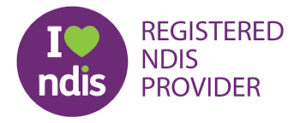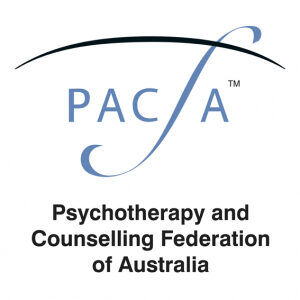Types of Services
What is Somatic Psychotherapy and Somatic Experiencing?
How is it different to talk therapy?
Somatic Psychotherapy, also known as Body Psychotherapy, encompasses a variety of approaches to psychological health. It acknowledges the importance of the body in forming our experience of life and actively uses the body in therapy as a source of information and a resource for healing.
The feelings, emotions and impulses that arise from the body are an integral part of our experience of life but we often repress, cut off or don’t recognize them due to our physiological and psychological adaptations to the constraints of our environment.
Working with the body in psychotherapy opens up a wealth of options for understanding, experiencing and healing that conventional talk therapy is often unable to tap into. This is due to the control of the conscious over cognition and verbal expression, the body’s role in creating the physical sensations that are the root of emotion and the body’s role in maintaining the muscular tension that anchors and reinforces our characterological responses to our environment.
Somatic Psychotherapy helps us deal with our concerns by helping us become deeply aware of our bodily sensations, feelings and impulses as well as our emotions, thoughts and behaviour.







